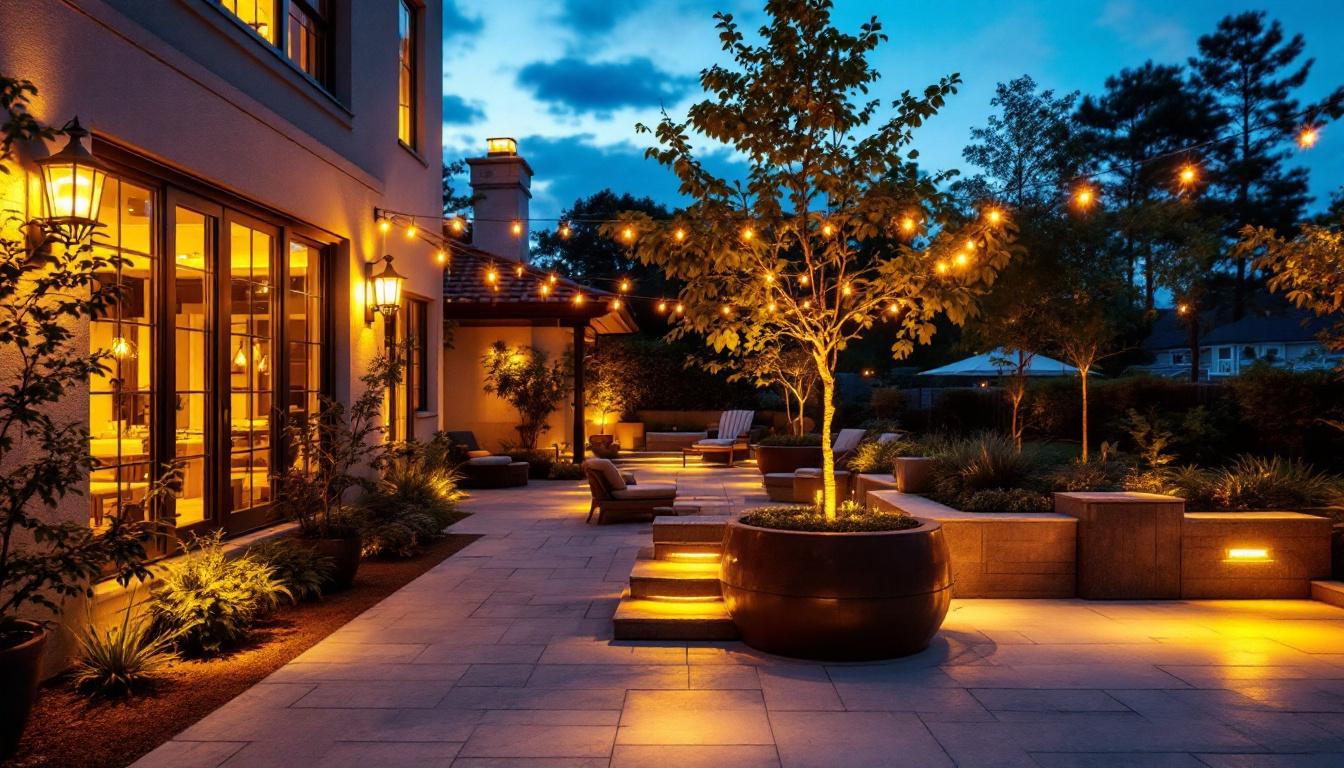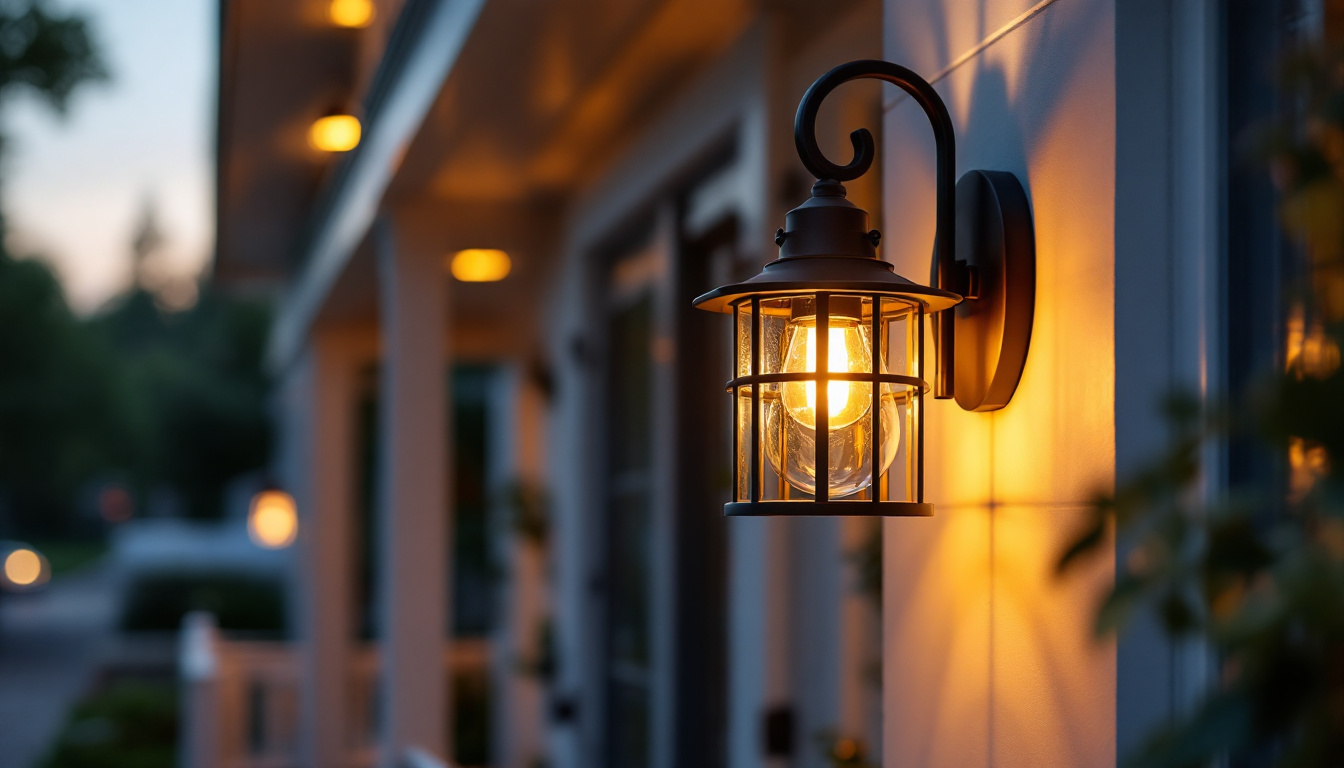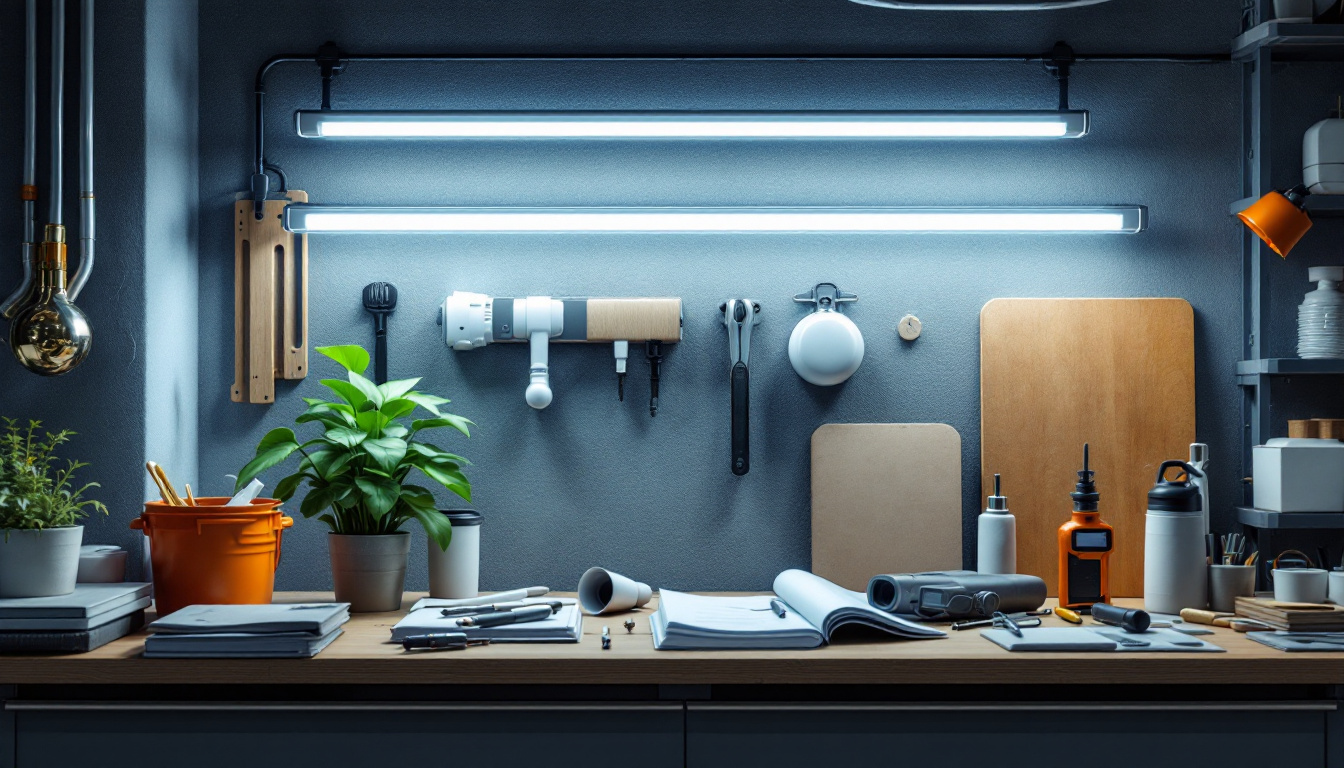
In the world of lighting installation and maintenance, attention to detail is paramount. Whether working on residential projects or commercial spaces, a comprehensive checklist can streamline the process, ensuring that no aspect of the job is overlooked. This article presents the ultimate checklist for lighting contractors, designed to enhance efficiency and guarantee client satisfaction.
Before any physical work begins, thorough planning is essential. This stage sets the foundation for a successful lighting project. A well-structured plan allows contractors to anticipate challenges and allocate resources effectively. It also provides a roadmap for the project, helping to ensure that all stakeholders are aligned and informed throughout the process. By investing time in this initial phase, teams can mitigate risks and enhance overall project efficiency, leading to a smoother execution and a more satisfying end result.
Engaging with the client to grasp their vision is crucial. Discussing their preferences, desired ambiance, and functional requirements helps in selecting the right lighting solutions. Ask questions about the intended use of the space, whether it’s for relaxation, work, or entertainment. Understanding these nuances will guide the selection of fixtures and placement. Moreover, it’s beneficial to explore the client’s aesthetic preferences—do they lean towards modern minimalism, rustic charm, or perhaps a blend of styles? This dialogue not only fosters a collaborative atmosphere but also ensures that the final design resonates with the client’s personal taste and lifestyle.
A detailed site assessment is vital to identify potential challenges and opportunities. Evaluate the existing electrical infrastructure, noting any upgrades or modifications that may be necessary. Take measurements of the space, including ceiling height, room dimensions, and natural light sources. This information will inform decisions regarding fixture types and placements. Additionally, consider the architectural features of the space—such as beams, alcoves, or windows—that could influence lighting design. By understanding the physical characteristics of the environment, designers can create a lighting plan that enhances the space’s inherent beauty while addressing practical concerns like energy efficiency and maintenance.
Establishing a clear budget is essential for both the contractor and the client. Break down costs for materials, labor, and any unforeseen expenses. Additionally, create a project timeline that outlines key milestones. This helps in managing client expectations and ensures that the project remains on track. It’s also wise to incorporate a contingency fund within the budget to accommodate any unexpected changes or challenges that may arise during the project. Furthermore, regular check-ins and updates on the progress can help maintain transparency and foster trust between the contractor and the client, ultimately leading to a more harmonious working relationship throughout the project lifecycle.
The design phase is where creativity meets functionality. Selecting the right fixtures can significantly impact the overall aesthetic and effectiveness of the lighting scheme.
When selecting fixtures, consider the style and purpose of the space. For instance, recessed lighting may be ideal for modern, minimalist designs, while chandeliers can add a touch of elegance to dining areas. Additionally, ensure that the fixtures chosen are energy-efficient, as this can lead to long-term savings for the client. Furthermore, the material and finish of the fixtures play a vital role in the overall design. Fixtures made from metals like brass or matte black can evoke different styles, from industrial to contemporary, while glass or crystal elements can introduce a sense of luxury and refinement. It’s important to harmonize these choices with the existing decor to create a cohesive look.
Incorporating different layers of lighting—ambient, task, and accent—creates a well-rounded illumination strategy. Ambient lighting provides overall illumination, task lighting focuses on specific areas, and accent lighting highlights architectural features or artwork. A balanced approach enhances both functionality and aesthetics. For example, in a home office, ambient lighting can come from ceiling-mounted fixtures, while desk lamps serve as task lighting. Meanwhile, accent lighting can be used to illuminate bookshelves or artwork, adding depth and interest to the space. This multi-layered approach not only improves visibility but also contributes to the mood and character of the environment.
Understanding color temperature is crucial in creating the desired atmosphere. Warmer tones (2700K-3000K) are often preferred for residential spaces, while cooler tones (3500K-4100K) may be more suitable for work environments. Additionally, consider the brightness levels; dimmable fixtures can offer flexibility, allowing clients to adjust lighting based on their needs. It’s also essential to take into account how natural light interacts with artificial lighting throughout the day. For instance, in a sunlit room, the color temperature may need to be adjusted to maintain a consistent look as daylight changes. Using smart lighting systems can further enhance this adaptability, allowing users to program different settings for various times of the day or activities, ensuring that the lighting remains functional and inviting at all times.
The installation phase is where planning and design come to life. Adhering to safety standards and best practices is essential to ensure a successful outcome.
Before beginning installation, ensure that all safety protocols are in place. This includes wearing appropriate personal protective equipment (PPE) and ensuring that the workspace is free from hazards. Familiarize yourself with local electrical codes and regulations to avoid any compliance issues.
Properly connecting fixtures to the electrical system is critical. Double-check that all connections are secure and that wires are appropriately insulated. It’s also essential to ensure that circuit breakers are correctly rated for the load to prevent any electrical hazards.
During installation, pay close attention to the placement of fixtures. Follow the design plan, ensuring that each fixture is positioned to achieve the desired lighting effect. Use tools such as laser levels to ensure accuracy and consistency across the installation.
Once installation is complete, conducting thorough checks is vital to ensure everything is functioning as intended. This stage helps identify any issues before the project is handed over to the client.
After installation, test each fixture to confirm that it operates correctly. Check for any flickering lights, dead bulbs, or issues with dimming features. This step is crucial in ensuring that the client receives a fully functional lighting system.
Make any necessary adjustments based on the testing phase. This may include repositioning fixtures or replacing bulbs. Take the time to ensure that the lighting levels meet the client’s expectations and that the ambiance is just right.
Conducting a walkthrough with the client is an excellent opportunity to showcase the completed work. Explain how to operate any dimmers or smart lighting systems, and address any questions they may have. This interaction builds trust and ensures that the client feels confident in their new lighting system.
Providing ongoing support and maintenance options can set a contractor apart from the competition. A well-maintained lighting system not only enhances the client’s experience but also prolongs the lifespan of the fixtures.
Encourage clients to schedule regular maintenance checks to ensure their lighting systems remain in optimal condition. This can include cleaning fixtures, checking for loose connections, and replacing bulbs as needed. Offering maintenance packages can also provide a steady income stream for contractors.
Educating clients about their lighting systems is essential. Provide them with information on energy-efficient practices, such as using LED bulbs and utilizing natural light. This not only helps clients save on energy costs but also promotes sustainability.
Establishing a reliable emergency support system can enhance client satisfaction. Ensure that clients know how to reach you in case of urgent issues, such as power outages or malfunctioning fixtures. Prompt responses to emergencies can significantly improve client relationships.
In the competitive field of lighting contracting, a comprehensive checklist is invaluable. From pre-project planning to post-installation support, each step plays a crucial role in delivering a successful project. By adhering to this ultimate lighting contractor checklist, professionals can enhance their workflow, improve client satisfaction, and ultimately grow their business.
Lighting is not just about illumination; it’s about creating an experience. By focusing on the details and maintaining open communication with clients, contractors can ensure that their projects shine brightly, both literally and figuratively.
For those looking to deepen their understanding of lighting design and installation, several resources are available. Online courses, industry publications, and local workshops can provide valuable insights and keep contractors updated on the latest trends and technologies.
Joining industry associations can offer networking opportunities, access to exclusive resources, and insights into best practices. Organizations often provide training sessions, webinars, and events that can enhance a contractor’s knowledge and skills.
Participating in online forums and communities allows contractors to share experiences, seek advice, and learn from peers. These platforms can be a goldmine of information, offering practical tips and innovative ideas from fellow lighting professionals.
Investing in continuing education is crucial for staying competitive. Many institutions offer courses on the latest lighting technologies, design principles, and energy-efficient practices. By continually expanding their knowledge, contractors can better serve their clients and adapt to changing industry demands.
In conclusion, the lighting industry is ever-evolving, and staying ahead requires a commitment to excellence and a proactive approach to learning. By following the checklist outlined in this article, lighting contractors can ensure their projects are successful, their clients are satisfied, and their businesses thrive.
Ready to elevate your lighting projects with premium quality at unbeatable prices? Look no further than LumenWholesale, where we specialize in providing spec-grade lighting products directly to contractors like you. Say goodbye to inflated markups and hello to a vast selection of reliable, high-performance lighting solutions. With free shipping on bulk orders, you can trust that you’re getting the best value without any hidden fees. Make your next project shine with the perfect blend of quality, affordability, and convenience. Wholesale Lighting at the Best Value is just a click away.

Discover how strategic lighting installations can transform your outdoor patio into a profitable venture.

Discover essential insights into porch light fixtures with our comprehensive guide tailored for lighting contractors.

Discover the essential checklist for lighting contractors focusing on LED light tubes.

Discover how ceiling chain lights can revolutionize the workflow of lighting contractors.